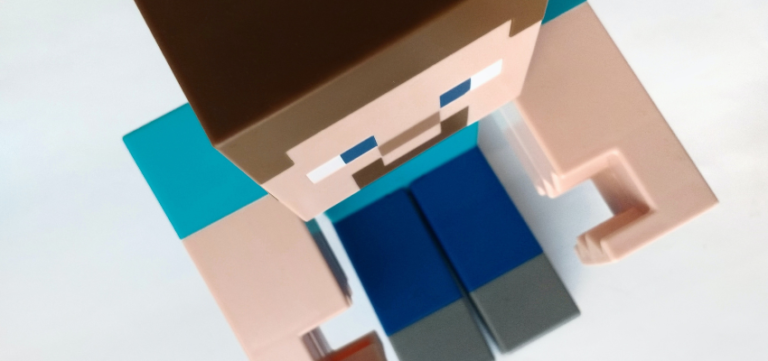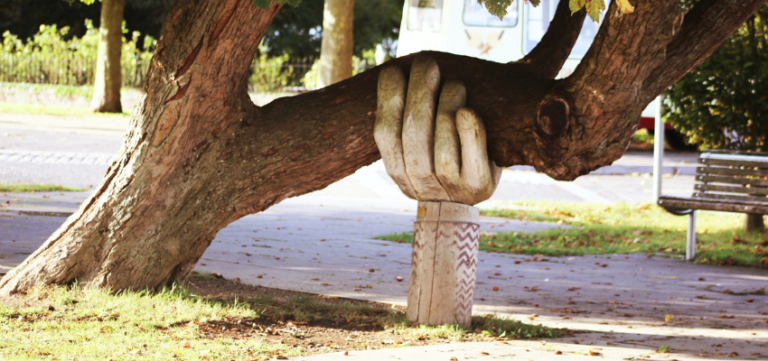Mastering NVivo: Unveiling the cornerstones of effective teaching
Reflecting on teaching NVivo to graduate students, a task filled with challenges and revelations. Discover how laying a solid foundation in NVivo’s complexities is crucial for success in qualitative analysis. Join me as I delve into the importance of strong pedagogical approaches and the plans to revolutionize NVivo education, ensuring students are well-equipped for their research endeavors.










